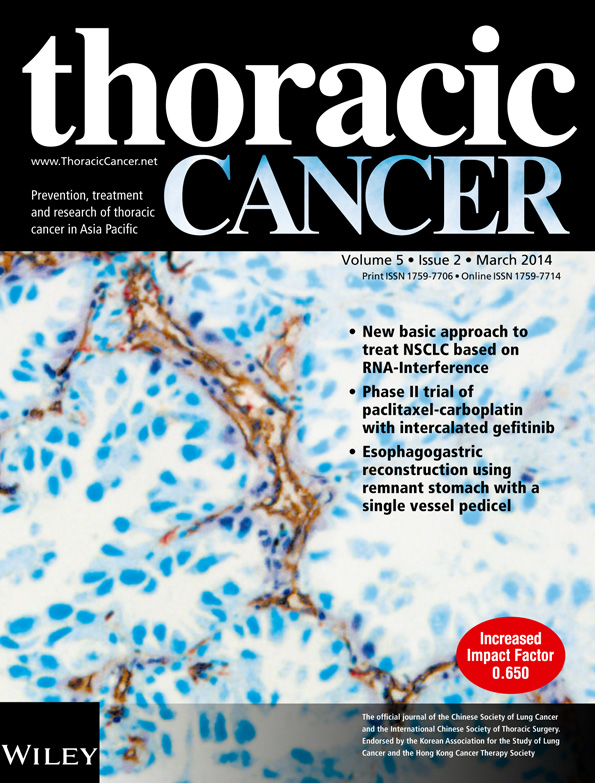Esophagogastric reconstruction using remnant stomach with a single vessel pedicel: Technique and outcomes
Abstract
Esophageal cancer with a history of distal gastrectomy is a clinical problem. To our knowledge there have been no reports of remnant stomach fed from the left gastroepiploic artery being used in esophageal reconstruction. We, herein, report four cases of esophagogastric reconstruction using remnant stomach with a single left gastroepiploic vascular pedicel. It is more functional to use the remnant stomach than other replacements. Meanwhile, the gastric conduit fed from the left gastroepiploic artery showed sufficient vascularity and stable gastroesophageal anastomosis. The technique and outcomes in follow-up have proven feasible and save time.




